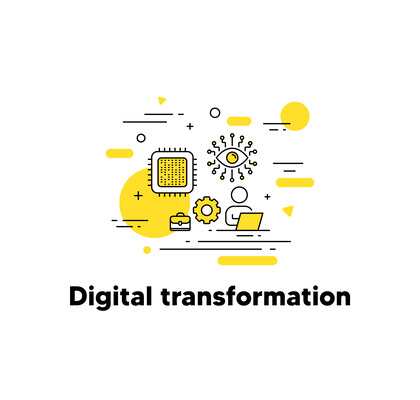The Startup: Navigating the Journey of Entrepreneurship

Introduction:
Embarking on the journey of entrepreneurship and starting your own business is an exciting and challenging endeavor. The path of a startup is filled with ups and downs, but with the right mindset, strategies, and perseverance, you can navigate through the challenges and strive for success. In this blog post, we will explore the key aspects of the startup journey and provide valuable insights to help you navigate the path of entrepreneurship.
- Ideation and Validation:
Every startup begins with an idea. Start by identifying a problem or a need in the market and brainstorm innovative solutions. Conduct thorough market research and validate your idea by seeking feedback from potential customers, industry experts, and mentors. Refine your concept and ensure there is a viable market for your product or service.
- Building a Solid Business Plan:
A well-crafted business plan is essential for the success of your startup. Outline your vision, mission, and goals. Define your target market, analyze competitors, and develop a unique value proposition. Include a detailed financial plan, marketing strategy, and operational framework. A solid business plan serves as a roadmap and guides your decision-making process.
- Assembling a Strong Team:
Surround yourself with a talented and passionate team that shares your vision. Identify individuals with diverse skills and expertise who can contribute to different aspects of your startup. Foster a culture of collaboration, open communication, and continuous learning. A strong team can help you overcome challenges and drive your startup forward.
- Securing Funding:
Securing adequate funding is a critical step in the startup journey. Explore different funding options such as bootstrapping, angel investors, venture capitalists, or crowdfunding platforms. Prepare a compelling pitch deck and business plan to attract potential investors. Seek guidance from mentors or join startup incubators and accelerators to access resources and networking opportunities.
- Developing Minimum Viable Product (MVP):
Instead of aiming for perfection from the start, focus on developing a Minimum Viable Product (MVP). This allows you to quickly launch your product or service with essential features and gather feedback from early adopters. Use this feedback to iterate and improve your offering based on customer needs and market demands.
- Marketing and Branding:
Crafting a strong brand identity and implementing effective marketing strategies are vital for startup success. Develop a compelling brand story, logo, and visual elements that resonate with your target audience. Leverage digital marketing channels such as social media, content marketing, and influencer partnerships to create awareness and attract customers.
- Embracing Agility and Adaptability:
Startups operate in a dynamic and ever-changing environment. Embrace agility and adaptability to respond to market shifts and customer feedback. Be willing to pivot your business model, iterate on your product, and adjust your strategies based on real-time data. Stay informed about industry trends and embrace innovation to stay competitive.
- Building a Strong Network:
Networking is essential for startups. Attend industry events, join entrepreneurial communities, and engage with mentors and advisors who can provide guidance and support. Build relationships with potential customers, partners, and investors. A strong network can open doors to opportunities, collaborations, and valuable insights.
- Managing Risks and Challenges:
The startup journey is not without its risks and challenges. Be prepared to face setbacks, financial constraints, and uncertainty. Develop contingency plans, manage cash flow effectively, and stay focused on your long-term vision. Seek advice from experienced entrepreneurs and learn from their failures and successes.
- Continuous Learning and Growth:
Entrepreneurship is a constant learning process. Stay curious, seek knowledge, and invest in your personal and professional growth. Attend workshops, webinars, and conferences to stay updated on industry trends and acquire new skills. Surround yourself with a support system that encourages learning and provides
Conclusion:
The journey of entrepreneurship and building a startup is a challenging yet rewarding endeavor. Navigating through the ups and downs requires determination, resilience, and a commitment to continuous learning. By following the key aspects discussed in this blog post, you can increase your chances of success in the startup world.









































